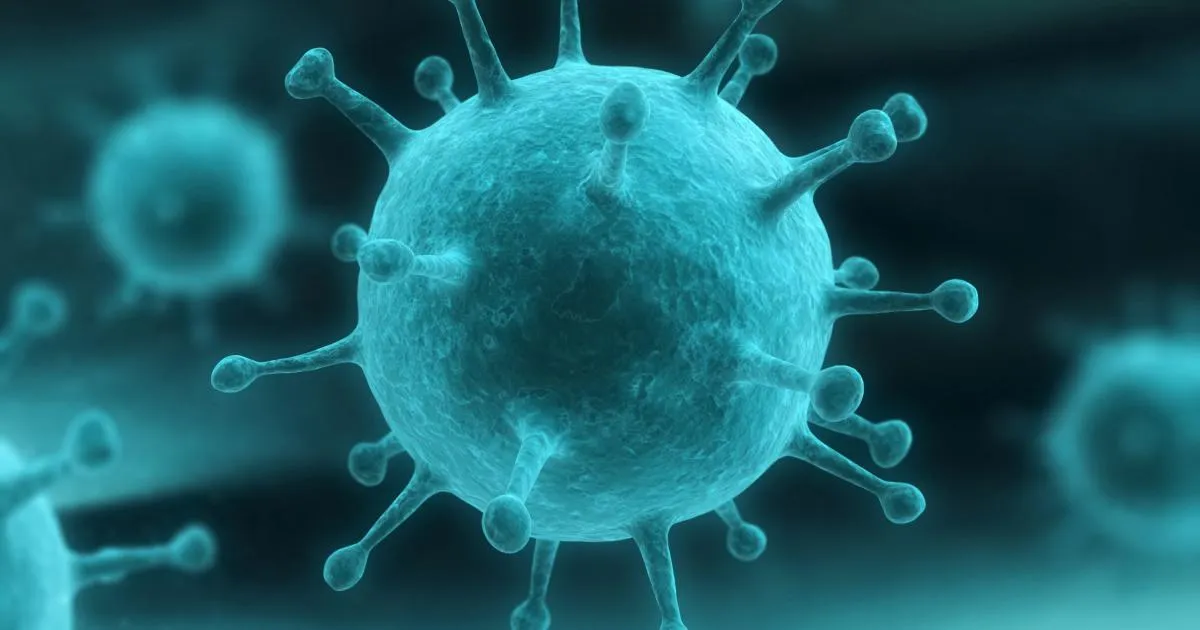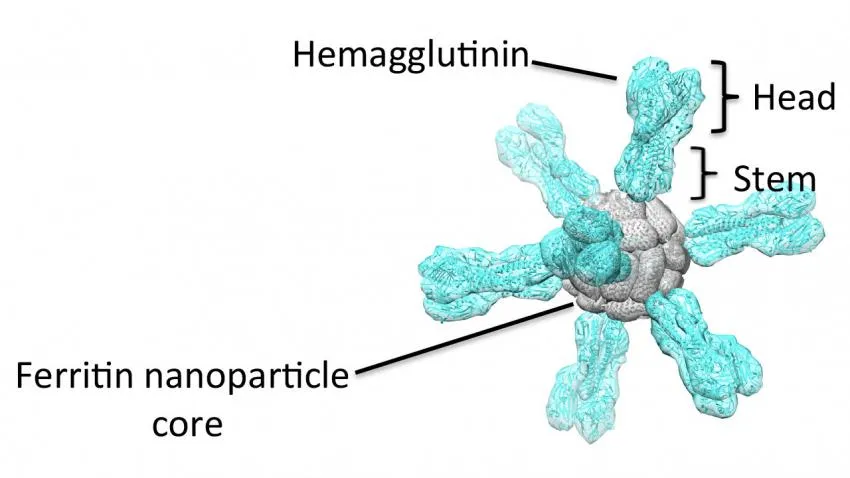The flu annually reaps its victims. Scientists and doctors save lives, regularly rolling out seasonal vaccines and deploying drugs to fight the virus and its secondary infections. But nevertheless tens of thousands of people die from the flu and hundreds of thousands are hospitalized.

This week in Science, an article appeared in which scientists from the University of California in Los Angeles reported that they had created the "Goldilocks" of the vaccine against the flu, a vaccine that could trigger a powerful immune response without infecting the animal. And unlike the current influenza vaccines, the new version also feeds a strong reaction of white blood cells that fight disease.
How is the approach of this team of scientists different from others? Typically, influenza vaccines include a cocktail of several strains of the killed virus. The injection of this mixture into the body provokes the development of antibodies that can attack any intruder resembling the flu, and thereby prevent infection.

The received vaccine has proved itself well in ferrets and mice, which are most often used for the modeling of influenza infection. If this approach works for people, perhaps we will be able to eliminate the annual need for vaccines against influenza.